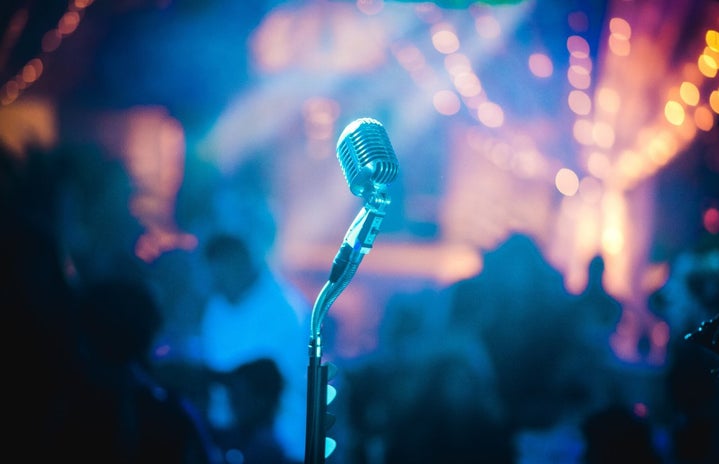If I asked you to name five female rock artists or bands off the top of your head, do you think you would be able to? How about male ones? I suspect that would be much easier. You don’t even need to be a fan of rock and roll music to recognize the most notable names in rock: The Beatles, Led Zeppelin, The Rolling Stones, Nirvana. While some of them may have espoused messages of love and equality or rebelled against the status quo, what can really be said about social progress when there is such deeply ingrained bias in this musical genre?
Of all the inductees to the Rock and Roll Hall of Fame, only 8 percent are women. Moreover, every time a female bandleader has gotten inducted, her male bandmates have as well, according to a Loyola Marymount University study. Why does society have such a hard time accepting women as pioneers of rock and roll? People may make the argument that “oh, there are just so many more male artists,” or “[insert male rock artist] is just legendary, no one can compare,” but it is necessary to be wary of the implicit gender bias in blanket statements like these. While there is no denying the talents of rock and roll legends, we need to recognize that it has been historically easier for male musicians to gain critical acclaim than female ones.
A research study at East Tennessee State University interviewed 24 female rock musicians and found patterns in their career struggles. Female musicians face much more sexual objectification, constant doubt of their technical ability, expectations to conform to traditional gender roles, and assumptions that their skills are inherently inferior to men’s skills.
Even a star as wildly successful and highly regarded today as Janis Joplin was not exempt from these pitfalls. Her music was a trademark of the 1960’s counterculture movement, and for this reason, she was often criticized for her sexual promiscuity and insinuations in her music. One time, she was even arrested for using foul language at a show. Meanwhile, Mick Jagger’s sex addiction was celebrated and romanticized for the same reasons. The double standards in the world of rock and roll have been undeniable for decades.
Even today, years after the women’s liberation movement and the entrance of an increasing number of women on the rock music scene, the unequal roots of this genre continue to have a lasting effect. As one of the interviewees in the East Tennessee State University study put it, “…girls are supposed to have crushes on rock stars, and the rock stars are all boys.” In the realm of rock, the stereotypical man participates directly in the music while the stereotypical woman is nothing more than a groupie. And when a woman is an exception to this supposed rule, she faces countless more roadblocks than her male counterparts along the way.
This inequality continues to cause many talented female musicians to burn out or give up before reaching the same level of success as their male peers. We need to stop seeing this as a result of women’s inferior musical talent or ability to work hard. Recognizing the significant role that gender bias has played in the rock music industry does not detract from celebrated male musicians’ accomplishments—it simply begins to level the playing field.
Want to keep up with HCBU? Make sure to like us on Facebook, follow us on Instagram, check out our Pinterest board, and read our latest Tweets!



